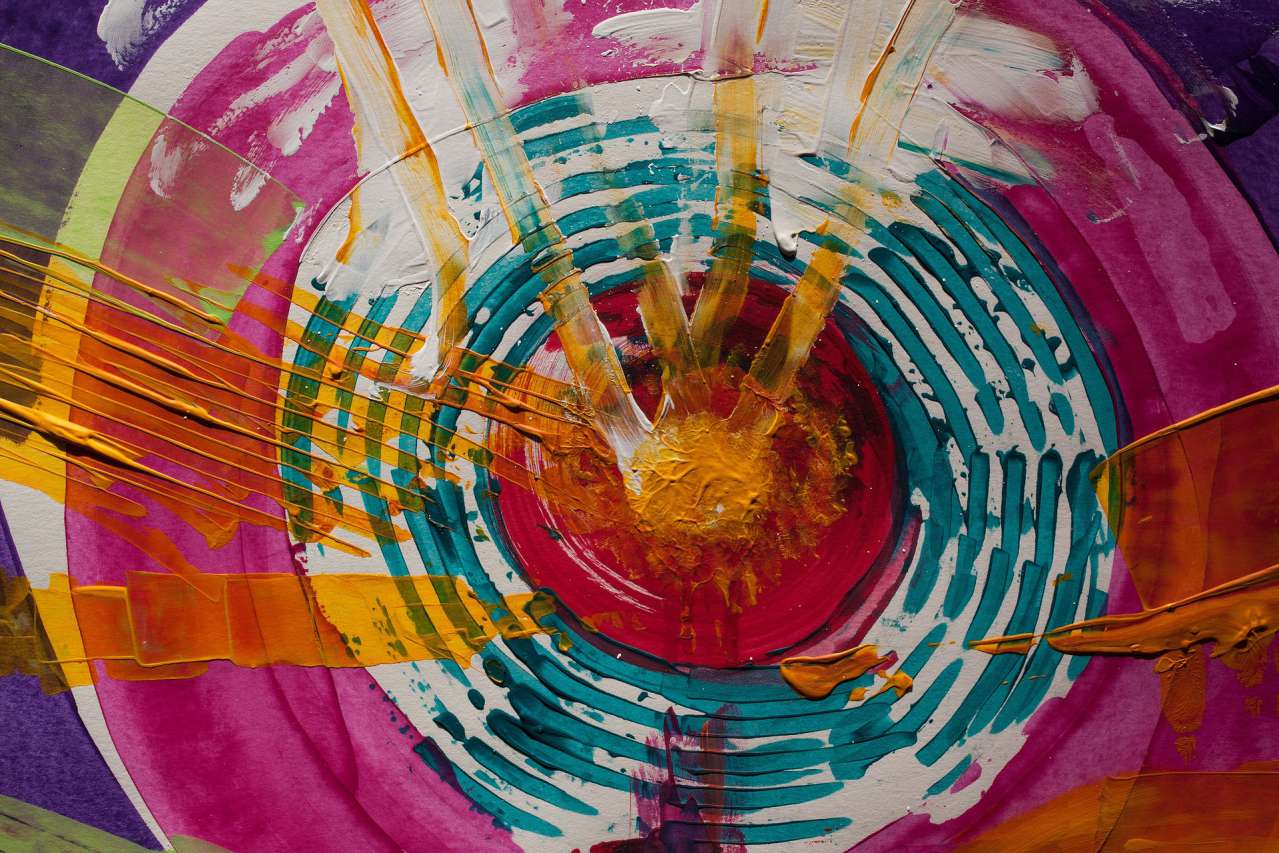Psychologist Explanation: What is Art Therapy
Art therapy is one of the areas of practical psychology that uses various types of creativity for psychological assistance.
What does art therapy do
The main value of art therapy is the ability to balance a person’s mental state, improving his level of self-expression, self-knowledge and self-analysis.
Through art, one can express and experience all of one's feelings and emotions on a symbolic level, including love, hate, resentment, joy, anger, fear and disappointment.
Art therapy is needed for psychotherapy, rehabilitation and psychocorrection of patients with diagnoses such as schizophrenia and dementia.
Art therapy can be a way out for those who do not want to visit a traditional psychotherapist - for example, for teenagers facing a crisis of adolescence.

On the other hand, people who have had experiences that are hard to put into words.
The main goal of art therapy is to learn self-knowledge and self-expression to achieve a harmonious state of personality. It changes the inner world, brings relaxation and a state of fullness.
What do art therapists do
The goal of therapy is not to create a work of art, but to focus the client’s attention on the creative process and help him understand what he could not understand before.
The profession of an art therapist is suitable for those who feel the healing potential of creativity and, what is important, understand for themselves how it works.
How long does an art therapy session last
Art therapy can be carried out either once or in a course - the optimal program is individually selected for each patient. One session lasts 60 minutes.
Who is contraindicated for art therapy
Art therapy has no restrictions or contraindications, is always resourceful and is used in almost all areas of psychotherapy, pedagogy, social work and business.
Any person is able to express himself, his feelings and his state with melody, sound, movement, drawing.
